
Proudly Celebrating 60 Years
Established in 1964, the Aerosol Association of Australia turned 60 in 2024.
Review the highlights of the Association’s first 60 years as we detail some of the achievements and initiatives that our industry is especially proud of and which illustrate how the Association works to ensure a sustainable aerosol future.
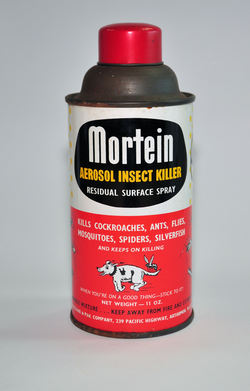
Established 1964
“The Aerosol Association has achieved much over time - setting Standards … addressing safety issues … and educating the relevant authorities about responsible regulations. It is doubtful that the aerosol would have survived the ‘Ozone Layer [CFC] crisis' without the leadership and strong, responsible voice of the Aerosol Association.” – Rob Layet, founding member and Past President.
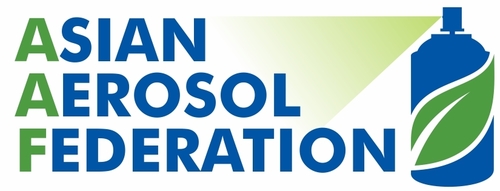
Association leads Asian Aerosol Federation
The Association was pleased to be chosen to take on the Presidency and provide the Secretariat for the Asian Aerosol Federation at its inaugural meeting in November 2011, and whilst the Federation Presidency is now rotating amongst its member countries, we continue to help set the strategic direction for this regional organisation. Read more on the Association's strategy for International Engagement.
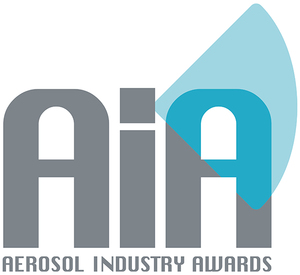
Association celebrates excellence and innovation
"Our industry has so much to be proud of … and yet we have never publicly paid tribute to those whose contributions have been significant to the industry and its products as we know them today. We will tonight begin to correct that sin of omission." - Past President Lindsay Showyin speaking at the first Aerosol Industry Awards in 1994. The Awards seek to promote the potential of the aerosol package and encourage innovation in the industry and the Association's initiative has since been followed by several aerosol bodies around the world.
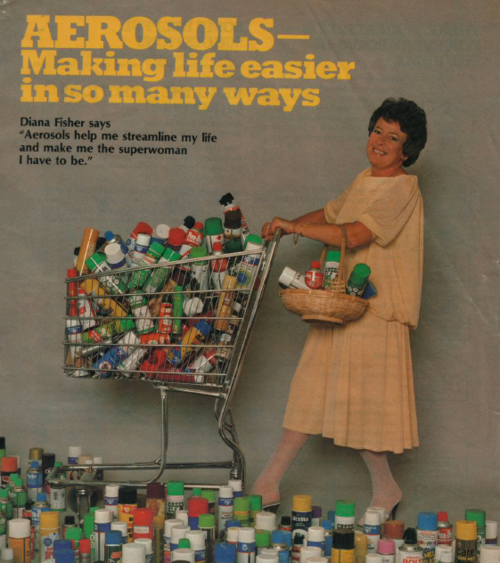
Promoting the aerosol still remains a priority
Promoting the aerosol package has been an important priority of the Association since its inception … and this still holds true today. Launching its promotional endeavours in the 1970s and 1980s, the Association's 'Aerosol Information Service' played an important role in providing a balanced debate about aerosols and the environment.
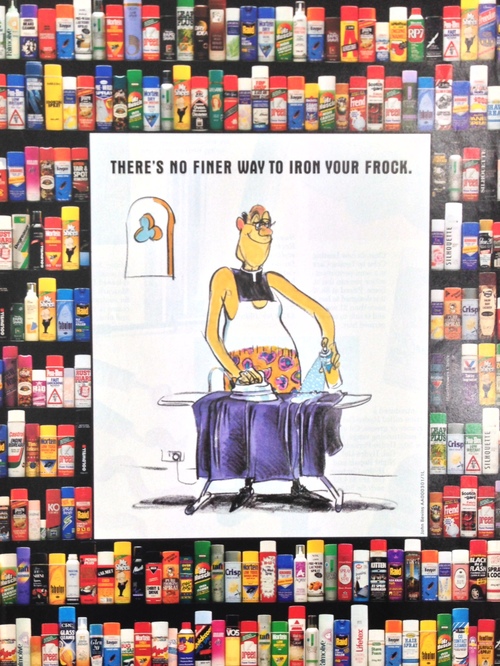
The Association’s ad campaigns were the envy of other aerosol associations around the world
When it comes to protecting and promoting the aerosol and the Australian industry, the Association has a proud track record of fronting up to the task with professionalism and vigour. Working with some of Australia's best creative minds, the Association’s advertising and public relations campaigns of the late 1980s and 1990s promoted the message that the industry was phasing out the use of CFCs, and followed that achievement up with a series of campaigns that communicated key messages about ‘no CFCs’ and recycling.
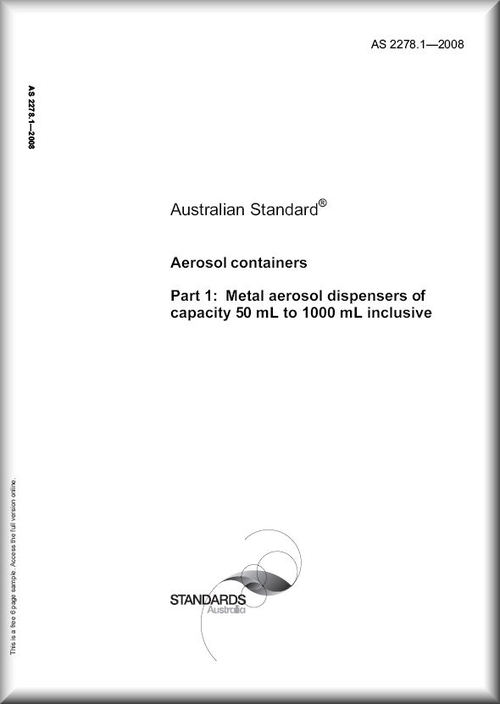
Aerosol safety is central to the Association’s mission
The Association played a central role (from 1976 onwards) in the development of Aerosol Standard AS2278, which was to become an important tool to ensure the safety of aerosol products, providing guidance on the selection of the appropriate container, its flammability classification and labelling.
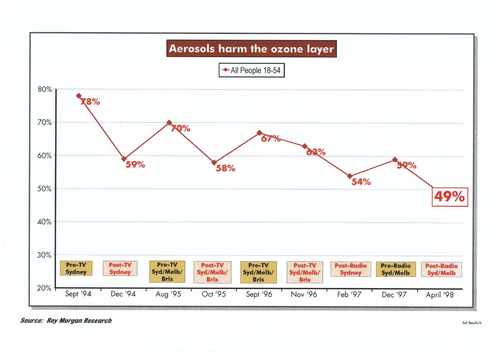
Association TV campaign takes promotional endeavors to new heights
In October 1993, a special General Meeting of the Association’s membership voted to continue the promotional levy, an innovative member-funded mechanism which had allowed the Association to launch its pioneering advertising campaign that was the envy of aerosol bodies around the world. The continuation of the levy for a further three years enabled the Association to build on its press and radio campaign by embarking on a ground-breaking television advertising campaign.
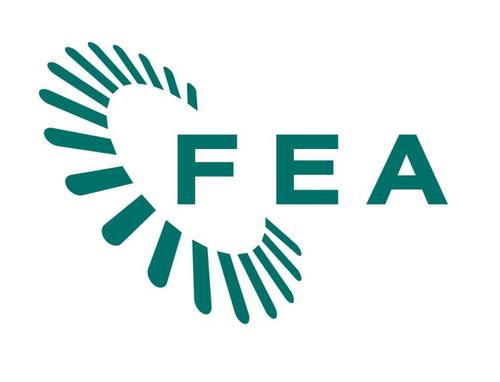
In October 1998, during its Annual Meeting in Istanbul, Turkey, the European Aerosol Federation’s Assembly of Delegates formally approved the Association’s application to become a Corresponding Member. The Association’s links with the FEA are based on active participation in its activities and a commitment to the shared objectives of working towards a sustainable aerosol industry by focusing on social and environmental responsibilities.
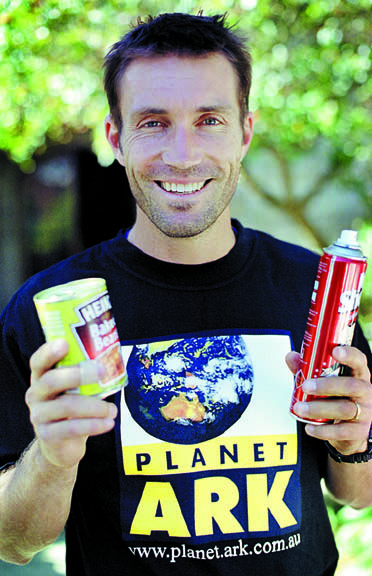
Association supports $2.5m Steel Can Recycling Campaign
In March 1997, the Association became a foundation member – and funder – of the Steel Can Recycling Council (SCRC), a body which brought together representatives of the major users of steel packaging, along with BlueScope Steel, the (then) local manufacturer of steel for packaging, to fund and manage educational campaigns to promote steel can recycling. Over the next 11 years, the SCRC ran a number of highly successful campaigns to promote awareness of steel can recycling which tripled the number of local councils recycling steel cans (including aerosols), and saw the recycling rate for steel cans rise from 24% to over 50%.
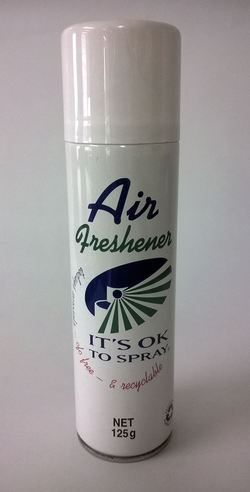
Association radio commercials win Silver WorldMedal® at New York Festivals®
In May 1999, the Association’s radio advertising campaign, created by the John Bevins agency, won a Silver WorldMedal® in the International Competition for Radio Advertising and Programming in New York. Judged by senior creative directors from over 60 countries, the radio advertisements promoted the ‘It's OK to Spray’ message that was central to the Association’s promotional efforts at the time. These advertisements were also so effective at changing consumer attitudes that they featured in a radio and print campaign by the Radio Marketing Bureau, which highlighted the power of radio advertising.
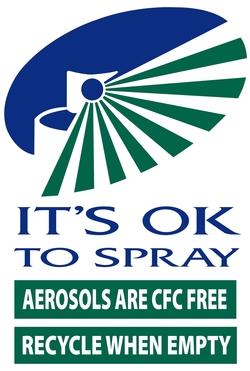
Association adopts ‘It’s OK to Spray’ logo in 1996
In June 1996, the Association set out to trade mark a new logo, ‘It’s OK to Spray’. This logo replaced the ‘Aerosols Changing for the Better’ logo, which had been developed as part of the Association’s earlier advertising campaigns. The ‘It’s OK to Spray’ message became the theme of the Association’s TV campaign developed in 1994 and went on to become the slogan for campaigns to promote the aerosol package around the world, including in New Zealand, Europe, the United States and South Africa.
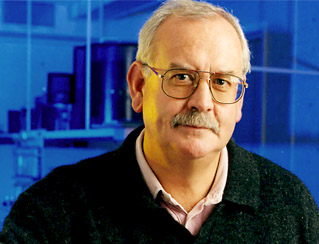
Association commits to phase out CFCs by end 1989
Beginning from the mid-1970s, atmospheric scientists around the world began to express concern about the effect of emissions of man-made chlorofluorocarbons (CFCs) on the earth’s ozone layer. At the time, these chemicals were widely used in the refrigeration industry, in foam blowing and also in many aerosols. As the peak industry association representing the manufacturers and marketers of aerosol products, the Association closely monitored this evolving knowledge, liaising with other manufacturing sectors and supporting the research of local CSIRO atmospheric scientist Dr Paul Fraser (pictured left). In April 1988, the Association undertook to phase out the use of CFCs in local non-essential aerosols by the end of 1989, a target well in advance of Australia’s international commitments.
